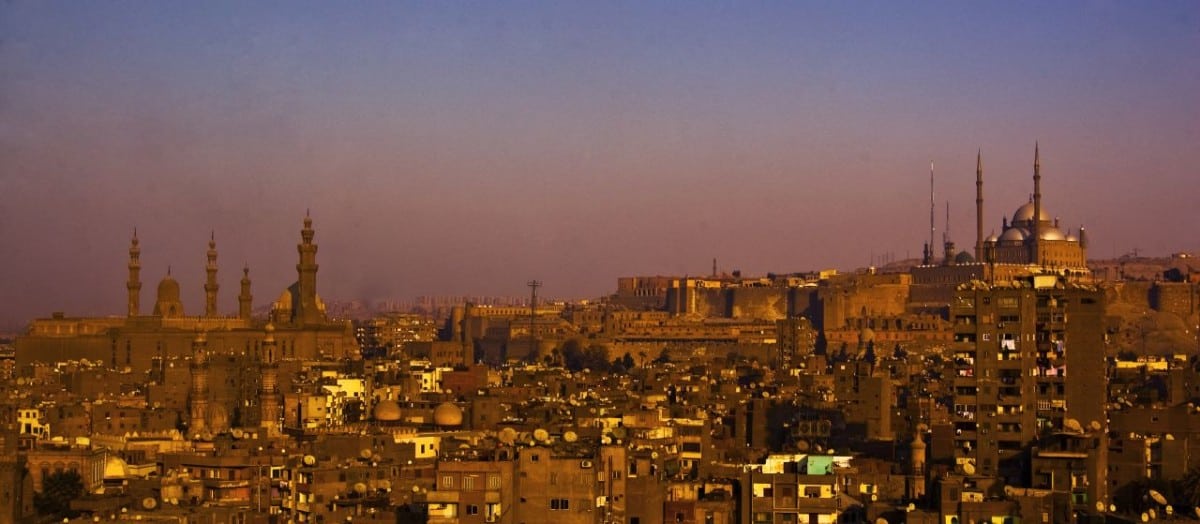 Photo courtesy of Marwa Morgan on Flickr
Photo courtesy of Marwa Morgan on Flickr
Aiming Towards Africa: An Assessment of Competing Public Diplomacy Strategies
This post is part one of a two-part series on public diplomacy strategy in Africa. You can read part two here.
Africa continues to be a priority for U.S. foreign relations – not only because of the security climate, but also because of the growth on the continent. By 2035, the number of young people who will reach working age in Africa is projected to exceed that of the rest of the world combined. Additionally, since 2000, over 50% of the world’s countries with the highest annual growth rate have been African. By 2030, 43% of all Africans are expected to join the middle and upper classes, and household consumption is set to reach $2.5 trillion. Robust relations with the people of African states and a positive impression of the U.S. in Africa are important for U.S. national security, and public diplomacy is an essential tool for achieving that. The U.S. has been making progress in increasing its engagement with the continent – but it is not the only major power to do so. Russia and China have also, as of late, been increasingly proactive in their relations with Africa. This series will explore and compare the public diplomacy strategies of China, Russia, and the U.S., assessing who is doing what well, and what we might be able to learn from Chinese and Russian strategies.
China
China’s activities in Africa are arguably the most visible and significant of the three countries examined, with much attention being focused on their extensive economic diplomacy. With China’s ever-increasing economic clout, it has the ability to invest and lend large amounts of money to actors in Africa. Over 3,000 large-scale infrastructure projects have been financed by the Chinese government, and a further $86+ billion has been lent to African governments. Economic diplomacy extends beyond the governmental level – over 10,000 small-scale Chinese businesses operate on the continent. However, while China’s economic maneuvers are the most striking aspect of its African presence, they are not the only strategy being employed.
Africa also hosts over 50 Confucius institutes throughout the continent, serving the dual functions of instructing locals in Mandarin Chinese, and promoting both Chinese culture and the CCP agenda. Other educational programs range from initiatives from companies like Huawei (which teach Kenyan youth about technology) to teacher training initiatives by Chinese NGOs. Tanzania hosted the China-Africa Public Diplomacy Forum in 2016, which incorporated discussions on culture, public welfare, and traditional welfare in order to build understanding between China and African nations, so the “two sides will no longer have to depend on western press for information”. Furthermore, the Forum on China-Africa Media Cooperation was held in Beijing this June to enhance China-Africa media dialogue and to allow China to “help Africa achieve media excellence and sustainable progress in digitalization.”
Russia
Russian public diplomacy strategy towards Africa is newer, focusing mainly on economic diplomacy. The potential for success seems high, and a departure from previous failures – Paul Stronski of the Carnegie Endowment suggests that “[Russian] political overtures may find receptive audiences in African countries that do not want their foreign and economic policies to be dominated by relations with China and the US.” This messaging is exemplified by Foreign Minister of Russia Sergei Lavrov’s tour of Namibia, Mozambique, Zimbabwe, Angola and Ethiopia in March, when he highlighted the similarities between Russia and these states in regard to international policy issues such as South Sudan and Syria.
Significantly, Russia has announced that it will host a Russia-Africa Union forum in 2019, with a tilt towards increased economic cooperation – most likely in the realm of energy. Like China, Russia is making important infrastructure plays on the continent. Moscow is set to construct Egypt’s first nuclear power plant, and ROSATOM is bidding to construct a power plant in Kenya. Uganda also signed a memorandum of understanding with ROSATOM to “facilitate the two countries’ cooperation on nuclear power.” Russian-African economic diplomacy also extends beyond infrastructure. Sudanese president Omar al-Bashir expressed a desire to deepen tourist exchanges between Russia and Sudan during a trip to Moscow.
Media cooperation between Russia and Africa is also strengthening. The Russian Ministry of Foreign Affairs is launching a program to train senior editors in African state media organizations, and the BRICS media forum held in July placed great emphasis on media cooperation between BRICS nations and Africa. Furthermore, an advisor at the Russkiy Mir Foundation, a Russian NGO, highlighted the importance of bilateral ties in non-economic realms, explaining how “we must use the full potential interest in Russian culture” and the “mutual sympathy and interest between the peoples of Africa and Russia” in order to enhance overall cooperation.
To find out how effective these measures have been and what the U.S. has been doing, read part two here.





